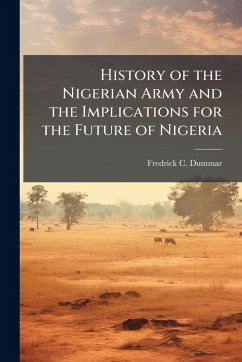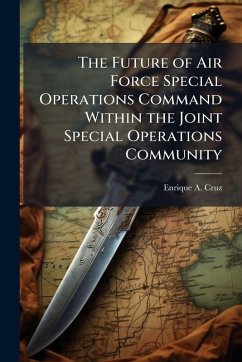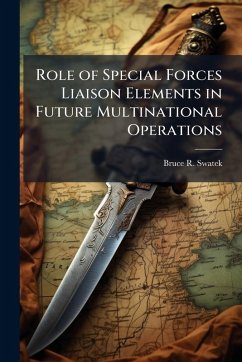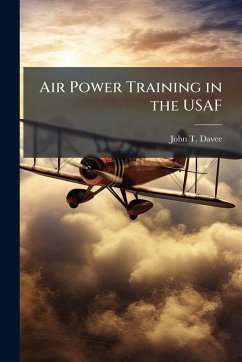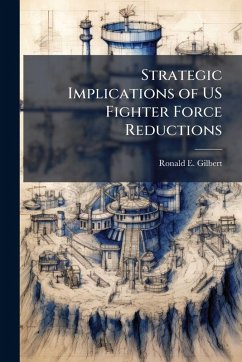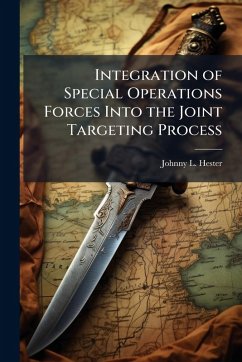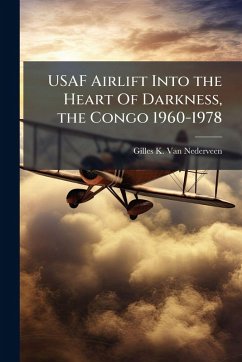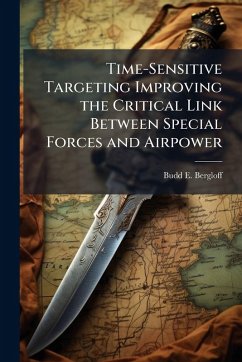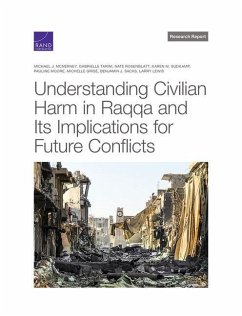
Future Implications for AFSOC and the USAF

PAYBACK Punkte
7 °P sammeln!
Throughout the history of the United States, decision makers have relied upon warriors with unique capabilities who venture to foreign lands and perform military tasks that could not be performed by more conventional military units. SOF continues to play this role maintaining competencies to execute a wide variety of important and highly specialized missions."1 This quote highlights the unique nature of Special Operations Forces (SOF). In the simplest of views, the US Air Force has two basic types of warfighting forces. The first force is the conventional "Big Blue" Air Force. Big Blue uses tr...
Throughout the history of the United States, decision makers have relied upon warriors with unique capabilities who venture to foreign lands and perform military tasks that could not be performed by more conventional military units. SOF continues to play this role maintaining competencies to execute a wide variety of important and highly specialized missions."1 This quote highlights the unique nature of Special Operations Forces (SOF). In the simplest of views, the US Air Force has two basic types of warfighting forces. The first force is the conventional "Big Blue" Air Force. Big Blue uses traditional air forces to fight conventional wars against peer competitors. The second warfighting force is AF Special Operations Command (AFSOC). AFSOC is the Air Force's small war department. They specialize in unconventional warfare (UW), especially counterterrorism. This work has been selected by scholars as being culturally important, and is part of the knowledge base of civilization as we know it. This work was reproduced from the original artifact, and remains as true to the original work as possible. Therefore, you will see the original copyright references, library stamps (as most of these works have been housed in our most important libraries around the world), and other notations in the work. This work is in the public domain in the United States of America, and possibly other nations. Within the United States, you may freely copy and distribute this work, as no entity (individual or corporate) has a copyright on the body of the work. As a reproduction of a historical artifact, this work may contain missing or blurred pages, poor pictures, errant marks, etc. Scholars believe, and we concur, that this work is important enough to be preserved, reproduced, and made generally available to the public. We appreciate your support of the preservation process, and thank you for being an important part of keeping this knowledge alive and relevant.



